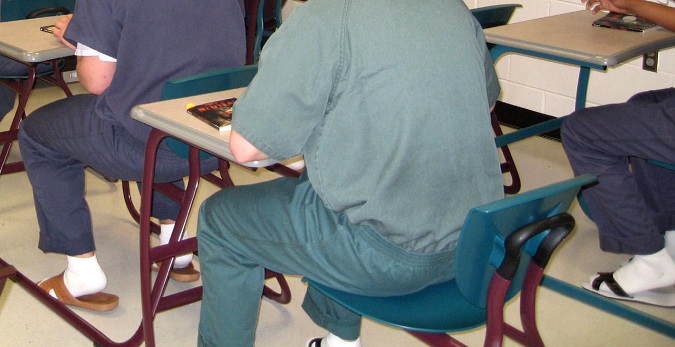
Though they may run counter to conventional wisdom, these 10 research-backed policy ideas could reduce crime in the United States. Here’s how—and why.

1. Divert juveniles from the juvenile justice system. Talk of super-predators and the Knock-Out Gamereinforce stereotypes of marauding teenagers that need to be locked away for the good of society. But there’s no proof that prison reduces future offending; instead, it may harden them as criminals. Many states are successfully moving toward the Missouri Model, which focuses on rehabilitation in the community, andraising the age when juveniles are automatically processed in the adult system.

2. Respect residents of high-crime neighborhoods. Stop and frisk and “broken windows” focus on suppressing crime in dangerous places. But by assuming anyone in a dangerous place is a potential criminal, these policies strain the police-community relationship and make it harder for police to gain trust and, ultimately, solve crimes. A better solution is for police to integrate themselves into neighborhoods and become part of the community.

3. Respect defendants in court. Judges lecturing defendants at sentencing make everyone feel like justice is served, but it is actually counterproductive. Defendants who face judges who listen to them, understand their problems, and assist them into and through therapy are less likely to reoffend.

Image from Matt Johnson, Urban Institute
4. Respect convicted offenders. Getting tough on crime may have reduced crime, but it’s come at enormous costs fiscally—and to communities . It is cheaper and more effective to rehabilitate returning prisoners than to incarcerate them.

Image from Shutterstock
5. Take bullying seriously. Bullying used to be perceived as a natural part of growing up, a way to toughen kids up to face the harsh realities of adulthood. But being bullied leads to truancy and dropping out of school, which are associated with delinquency and a host of bad outcomes. Whole-school curriculums to combat bullying work and are creating a generation of better-adjusted kids (and are a vast improvement over zero-tolerance policies).

Photo from Flickr user ajft (CC BY-NC-ND 2.0)
6. Aggressively investigate burglaries. Traditionally, police in busy agencies do not investigate residential burglaries, preferring to save precious resources for more serious crimes. But it’s not as though criminals simply graduate from burglaries to more serious stuff—research shows that burglars, particularly those caught via DNA evidence, already have long track records of serious offending.

7. Collect DNA from everyone. Using DNA evidence to aid investigations has been shown to be cost-effective, and expanding databases will only increase that effectiveness. It also has the potential to create a more just system. For example, if you are concerned that minorities are disproportionately coming in contact with the criminal justice system, expanded DNA databases will increase the pool of potential suspects beyond minorities currently over-represented in the system.

8. Encourage immigration. It is a popular narrative in virtually every culture around the world that immigrants are more crime-prone than natives. But research finds that it is not true. Places with clusters of immigrants tend to have crime rates well below what would be predicted based on their socioeconomic status.

Photo by Matt Johnson, Urban Institute
9. Encourage gentrification. Research finds that places that are integrated have less crime than places that are economically and racially segregated. And, when a crime-ridden place gentrifies, much of the crime does not follow the residents who leave. It simply disperses. That is because the crime was about an infected place, not about the residents who live there.

10. Provide tips to “violence interrupters.” Increasingly, cities are turning models like CureViolence, where civilians—often former gang members themselves—insert themselves into disputes following shootings to try to avoid retaliation. Police resist this model on the grounds that it may reduce the amount of information that flows into a police investigation and that interrupters, to keep their credibility, do not communicate to the police. But, in the long-term, it is likely more productive to prevent new shootings than solve old ones.
Each of these policies has a coherent evidence base to support it. I offer one additional idea that does not, though it does seem logical and adheres to standard economic reasoning.

11. Offer tax credits for gun ownership. Research shows that legally purchased weapons (about 60 percent of all purchases) are much less likely to be used in street crimes than guns bought in secondary markets. Thus, a policy that rewards gun buyers for purchasing through a federally licensed dealer should shrink secondary markets over time, making it more difficult (and expensive) for criminals to acquire weapons.
Next week, I’ll discuss crime-fighting ideas that do follow conventional wisdom—but don’t work. Interested in specific programs that can fight crime? Read Nancy La Vigne’s excellent take here.
Let’s build a future where everyone, everywhere has the opportunity and power to thrive
Urban is more determined than ever to partner with changemakers to unlock opportunities that give people across the country a fair shot at reaching their fullest potential. Invest in Urban to power this type of work.